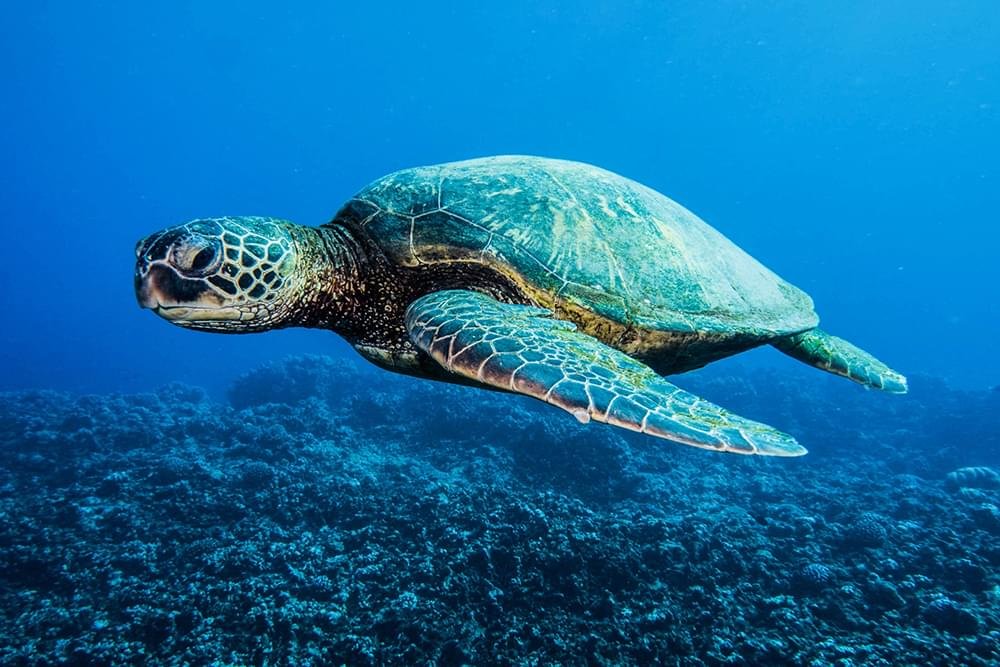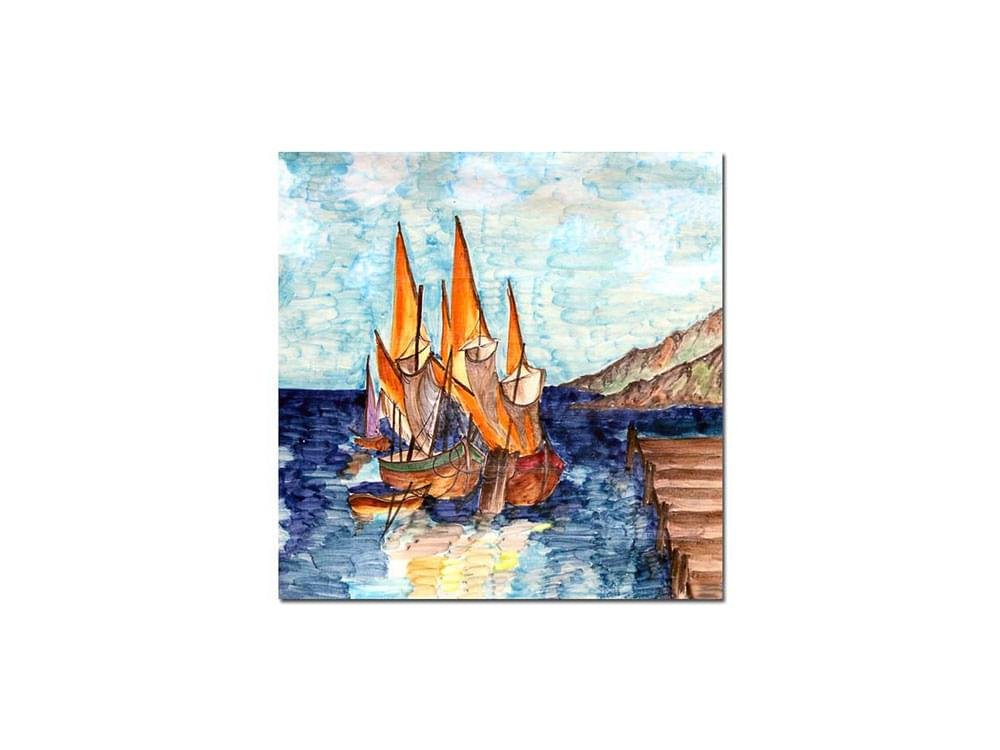
The Italian Green Turtle, often referred to simply as the Green Turtle (Chelonia mydas), is one of the most emblematic marine reptiles found in the waters around Italy, particularly thriving in the Mediterranean Sea. This species is a fundamental component of marine ecosystems, playing critical roles in maintaining the health of seagrass beds and coral reefs. Despite its significance, the Green Turtle faces numerous threats, from habitat destruction to pollution. This article delves into the life of the Italian Green Turtle, exploring its natural history, ecological role, threats to its survival, and the conservation measures needed to protect it.
Chelonia mydas, the Green Turtle, is the largest of all the hard-shelled sea turtles. The adult turtle typically measures between 83 to 114 centimeters in carapace length and weighs between 150 to 300 kilograms. The distinct heart-shaped carapace and smooth, leathery skin make it easy to distinguish from other sea turtles. Its coloration ranges from olive to brown, with variations in pattern and shade observed across different geographic regions.
The Green Turtle is a highly migratory species, found in tropical and subtropical seas worldwide, with two major subpopulations in the Atlantic and Pacific Oceans. In the Mediterranean, particularly around the Italian coast, Green Turtles frequent shallow lagoons, sandy shores, and nearshore waters. These areas provide abundant sunlight for basking and a rich supply of seagrass, which constitutes a significant portion of their diet.
Nesting sites in Italy are primarily located on protected beaches, where females return every two to four years to lay eggs. The most notable Italian nesting sites include beaches along the coasts of Tuscany, Campania, and Sicily, where conservation efforts are most focused.
Juvenile Green Turtles are omnivorous, feeding on a variety of marine invertebrates like jellyfish, small crustaceans, and algae. As they mature, their diet shifts almost entirely to herbivorous, consuming primarily seagrasses and algae. This diet is crucial not only for their own survival but also for the ecosystems they inhabit. By feeding on seagrass, Green Turtles help maintain healthy seagrass beds, which are essential for carbon sequestration and serve as breeding grounds for many marine organisms.
The reproductive behavior of the Green Turtle is fascinating and complex, involving lengthy migrations from feeding sites to nesting beaches. Females lay between 100 to 200 eggs per clutch, and can nest multiple times during a single season. After approximately 60 days, the hatchlings emerge and make their perilous journey to the sea, facing a gauntlet of predators from birds to crabs and fish.
Green Turtles reach sexual maturity at around 20 to 50 years of age; their late maturity and the specific environmental conditions required for successful breeding make them particularly vulnerable to population declines. The longevity of Green Turtles is still a subject of research, though they are believed to live up to 80 years or more under natural conditions.
Green Turtles play integral roles in their ecosystems. Their grazing helps maintain the health and growth rates of seagrass beds, which in turn benefits the myriad species that rely on these habitats for nursery grounds, food, and shelter. Furthermore, Green Turtle hatchlings provide a vital food source for predators, contributing to the marine food web.
The IUCN lists the Green Turtle as Endangered, facing high risks of extinction in the wild due to several human-induced factors. Major threats include:
Coastal development reduces available nesting sites, while pollution and marine debris can destroy feeding grounds.
Accidental capture in fisheries, particularly in gillnets and longlines, is a significant threat.
Eggs and meat of Green Turtles are still consumed and traded illegally in many parts of the world.
Rising sea levels and temperatures can disrupt nesting sites and sex ratios of hatchlings, as warmer sands tend to produce more females.
Conservation of the Italian Green Turtle involves numerous stakeholders, including government bodies, non-profits, and local communities. Efforts are focused on protecting nesting beaches, reducing bycatch with turtle-excluder devices in fisheries, and rehabilitating injured turtles at marine wildlife centers. Public education campaigns are crucial in raising awareness about the species’ plight and the steps that can be taken to mitigate human impacts.
Monitoring and research are also vital, with ongoing studies aimed at better understanding migration patterns, diet preferences, and reproductive cycles. International cooperation is critical, as many of the challenges faced by Green Turtles are transboundary.
The Italian Green Turtle serves as a symbol of the beauty and fragility of the Mediterranean marine ecosystems. Protecting this species is not just about conserving a single turtle population; it's about maintaining the health of the entire marine environment that supports human communities and countless other life forms. Continued conservation efforts, increased public awareness, and stringent enforcement of wildlife protection laws are imperative to ensure that future generations will also be able to witness the majestic Green Turtle in its natural habitat. Through these collective efforts, there is hope that the Green Turtle will continue to thrive, not just in Italian waters, but wherever its journey takes it across the world's oceans.
This emblematic creature's struggle and resilience continue to inspire conservationists worldwide, and every step taken to protect it helps secure a little more of our planet's precious biodiversity. The survival of the Green Turtle is intricately linked with the health of marine habitats that are vital to humans and wildlife alike, making its conservation a priority for ensuring ecological balance and sustainability.

More Details